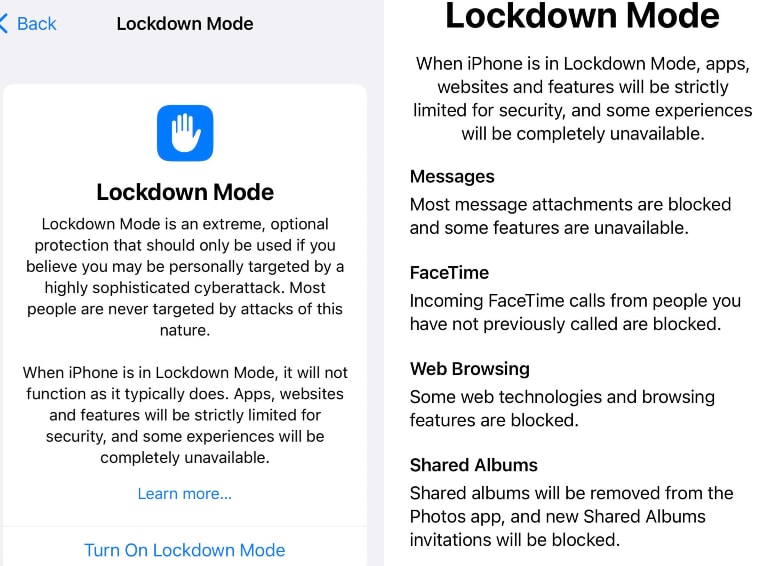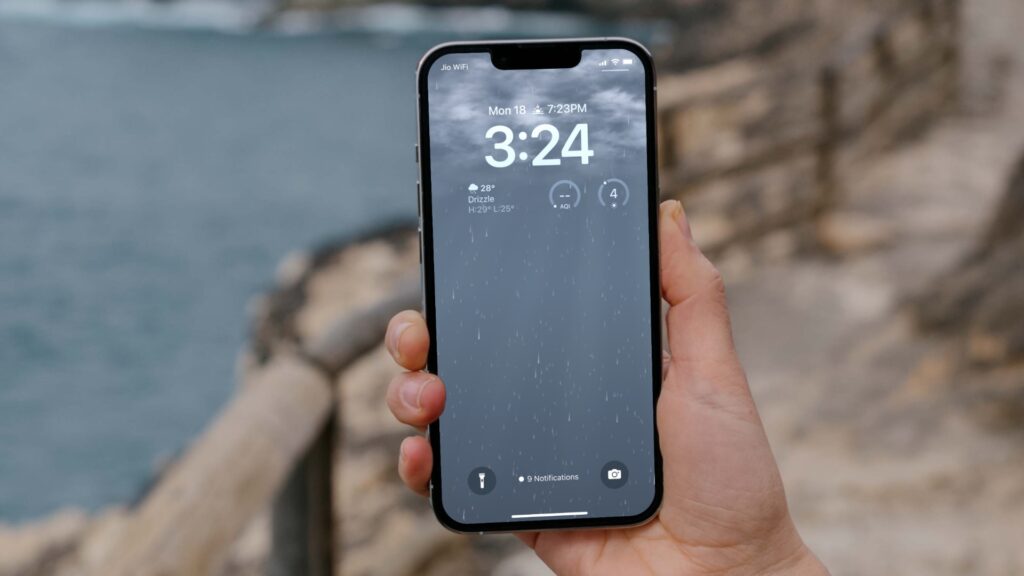[ad_1]
Owners of iPhones can now download iOS 16, Apple’s latest software for its phones. The latest version of iOS is packed with many new features. However, Apple did not tell us about many of the features that are buried inside the update. We tested the five hidden tricks for the current iOS 16 on our iPhone 13 mini. Fortunately, many of them also work on older versions of the iPhone.
Siri, Apple’s voice-based assistant, has always been good at calling people and setting alarms and reminders. Now, with a new feature in iOS 16, Siri can end calls for you, as well, all hands-free. This feature is really useful if you use the iPhone’s hands-free mode a lot, or if you use wireless earbuds like AirPods.
To use Siri to hang up a call. Just go to Settings > Siri & Search > Siri Call Hangup and enable the “Siri Call Hangup” feature. Now, say the words “Hey Siri, hang up” the call to end an active call. Do note that only iPhone 11 and above devices are supported. As of now, this feature is limited to seven languages: German, English, Spanish, French, Japanese, Mandarin Chinese, and Cantonese.

Lockdown mode
One of the lesser known but important features of iOS 16 is the new Lockdown mode feature designed to keep your device safe from hackers and phishing attacks. On the description page for the Lockdown feature on Apple’s website, the company says it designed the new blocking mode for the very “few individuals” who could be targeted by sophisticated attacks. It is, therefore, aimed at investigative journalists, celebrities and politicians.
This optional feature, when enabled will limit or disable some functions like it will block attachments and selected features in Messages, and incoming FaceTime calls. It will also disable specific web browsing options and remove shared albums.
Think of the Lockdown mode as more robust protection added on top of what Apple promises in terms of privacy features that are standard across Apple devices. In a way, Lockdown mode is designed to fight attacks from malware and spyware like Pegasus.
Users can easily turn on Lockdown Mode by going to Settings > Privacy & Security > Lockdown Mode, tapping Turn on Lockdown Mode, and then hitting Turn On & Restart.

Duplicate detection for photos
Many a time duplicate photos keep piling up on your iPhone and take up unnecessary space. This can be problematic when your iPhone is running out of storage. Now, thanks to iOS 16, Apple has made a new duplicate detection system that will make it easier to remove duplicate images in the Photos app.
To find the Duplicates folder, head to the Albums tab in Photos and scroll all the way down the screen — it’s located under Utilities. Inside the folder, you’ll find a list of the duplicate images in your Photos library. Select the ones you want to Merge, and Photos combines captions, keywords and other data into one photo.
Get Haptic feedback on Apple’s keyboard
For years, Android has had keyboards that provided Haptic feedback through the keyboard. iPhone users had no option but to switch to third-party keyboards to get Haptic feedback for when they type. With iOS 16, Apple has finally rolled out Haptic feedback for its default keyboard.
If you want to enable haptic feedback in iOS 16, here’s how you can do so:
- Open the Settings app on your iPhone.
- Scroll down and tap Sounds & Haptics.
- Scroll down and tap Keyboard Feedback.
- Tap the toggle next to Haptic.
- Exit the Settings app.
FaceID in landscape mode
Finally, Apple fixed a long-standing issue with FaceID on iPhone. It now works in landscape view. Users can already use Face ID on their iPad in landscape mode, so expanding the feature to iPhones makes a lot of sense. The idea behind this feature is simple: let users unlock the iPhone when it’s not held in standard portrait orientation. However, this feature is limited to iPhone 13 and later models.
[ad_2]
Source link








